Decoding Teaching Resources
Build students' decoding skills with reading activities, printable worksheets and more teacher resources, all created by teachers for classrooms like yours.
This comprehensive collection is filled with resources aligned with the Australian English curriculum (V9.0 included!), and each resource has undergone the Teach Starter teacher team's thorough review process. Download resources you know you can add to your lesson plans immediately!
New to teaching students decoding strategies? Read on for a primer from our teacher team, including a look at how this skill plays into early literacy development and tips to help your students build their decoding savvy!
What Is Decoding in Reading?
It's something you likely know, but we like to start from the top, so let's dig into the meaning of decoding in a reading context. (Just want some ideas? Feel free to scroll down to our collection!)
Simply put, decoding is translating written words into spoken language.
Need a little more?
In early literacy education, decoding refers to the process of breaking words down into their individual sounds and then blending those sounds together to form recognisable words. As students build their skills, they are eventually able to decode — or read — increasingly more complicated written texts.
The process of encoding builds off of phonics instruction, understanding of sight words, pattern recognition and the use of context clues, helping students become fluent readers with strong comprehension skills.
Decoding vs. Encoding — What's the Difference?
When discussing decoding in early education, we typically talk about reading instruction. As noted above, we're teaching our students to decode — or translate — the written word into the spoken form.
Of course, we don't do this in isolation. Kids need to learn to encode too, and linking instruction of both has been shown to help students learn to be stronger readers and spellers.
So, what is encoding, and how does it differ from decoding?
In an educational context, encoding is the polar opposite, and we tend to use the term in regard to teaching kids to write. In its most basic forms, encoding involves learning to spell different words by representing the sounds with corresponding written letters.
Instead of translating written words into speech, encoding means teaching our students to translate spoken words into written words.
- Plus Plan
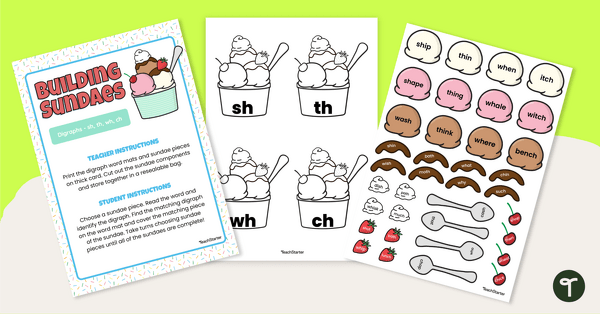
Building Sundaes with Consonant Digraphs
Identify initial and final consonant digraphs with this set of 4 yummy digraph sundaes.
- Plus Plan
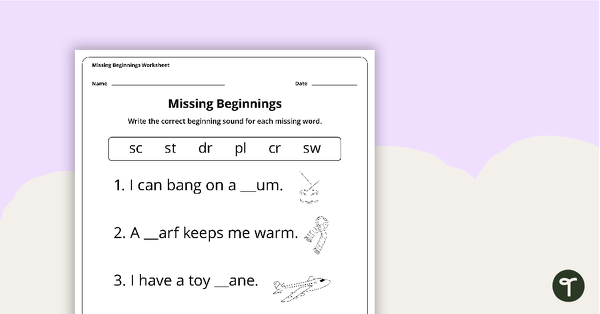
Missing Initial Blends Worksheet
A worksheet to consolidate initial blend sounds.
- Plus Plan
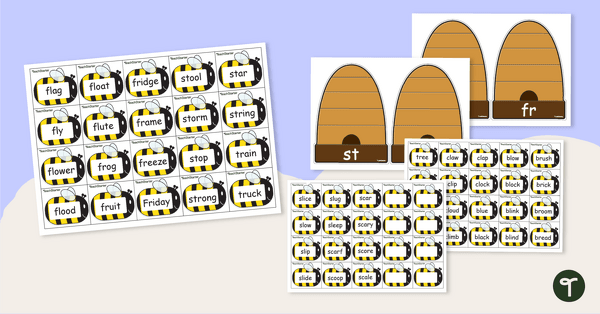
Consonant Blends Beehive Sorting Activity
Explore common consonant blends with a bee-themed sorting activity perfect for lower primary phonics lessons.
- Plus Plan
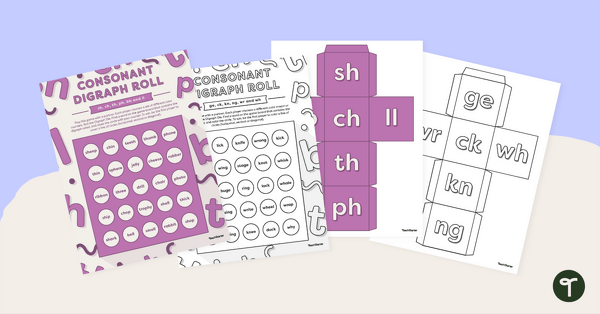
Consonant Digraph Cover Up Game
Practise consonant digraphs with your students with this set of two fun partner cover up games.
- Plus Plan
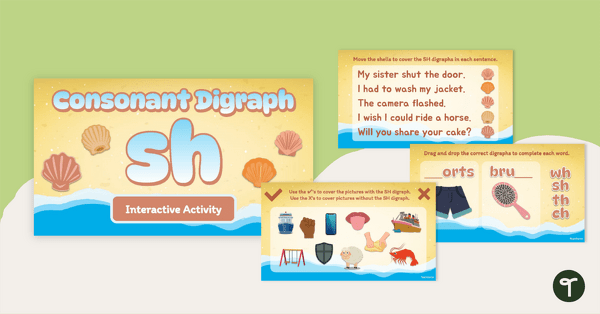
Consonant Digraph SH Interactive Activity
Engage students in practising their learning around the consonant digraph of ‘sh’ with this fun beach-themed interactive activity.
- Plus Plan
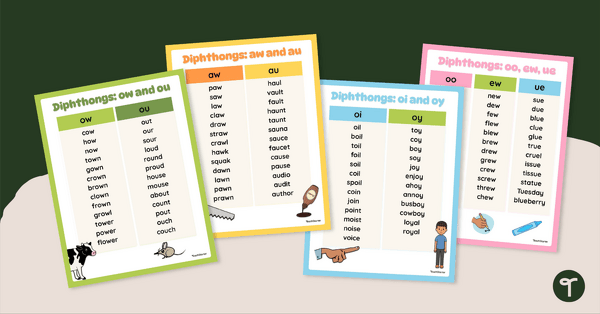
Diphthong Fluency Charts
Practise reading out these word lists that contain different diphthongs with these fluency charts
- Plus Plan
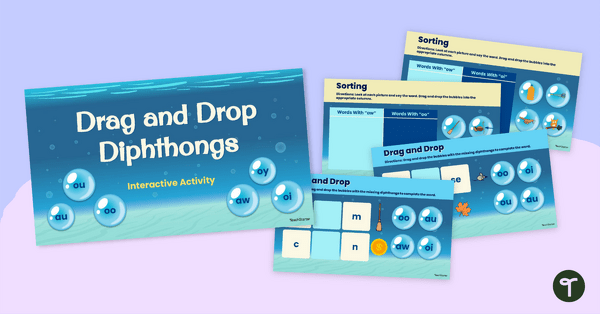
Diphthongs Interactive Activity
Practise knowledge of diphthongs during your phonics lessons with this fun bubble-themed interactive activity.
- Plus Plan

Diphthong Phonics Journal
Help students remember and record words and examples of different diphthongs during your phonics lessons.
- Plus Plan

Diphthongs Teaching Slides
Teach your students about diphthongs with this set of 23 teaching slides.
- Plus Plan
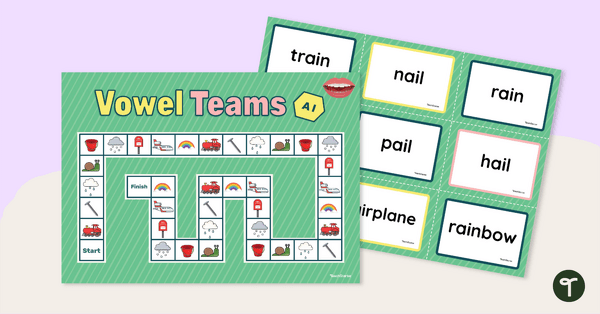
'AI' Diphthong Vowel Team Board Game
Decode words with the ai long vowel team in this word card board game.
- Plus Plan
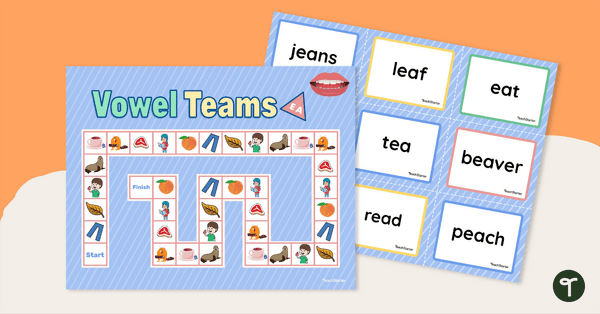
'EA' Vowel Digraph Board Game
Decode words with the ea long vowel team in this printable board game.
- Plus Plan
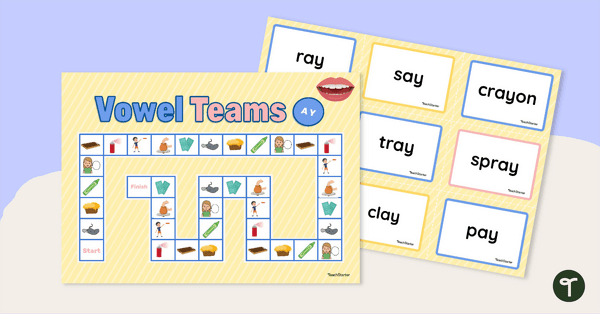
'AY' Diphthong Vowel Digraph Board Game
Decode words with the ay long vowel team in this board game.
- Plus Plan
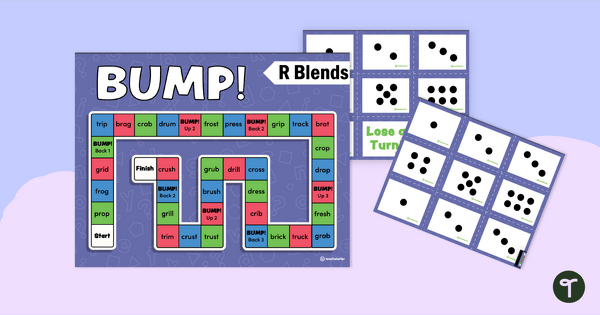
Consonant Blends Game - R Blend Words
A board game to practise decoding words with an r-blend.
- Plus Plan

Word Building with S-Blends - Interactive Activity
Decode and segment words containing an initial s-blend.
- Plus Plan
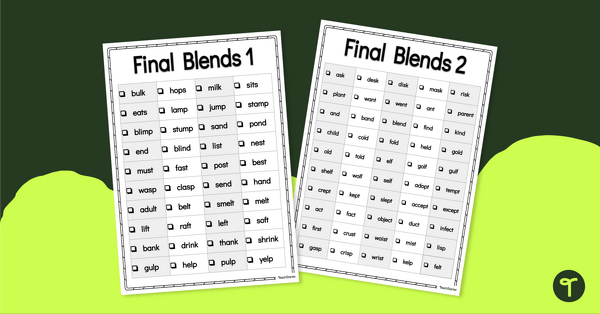
Word Study List - Final Blends
Introduce and explore words containing final blends with this extensive list of words.
- Plus Plan
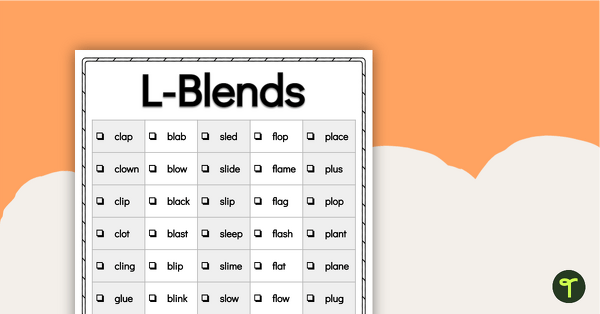
Word Study List - L Blends
Introduce and explore words containing an initial l-blend with this extensive list of words.
- Plus Plan
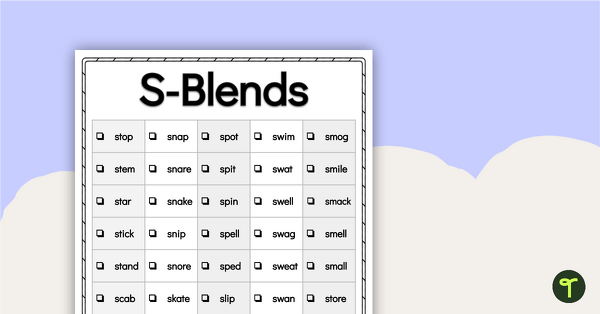
Word Study List - S Blends
Introduce and explore words containing an initial s-blend with this extensive list of words.
- Plus Plan
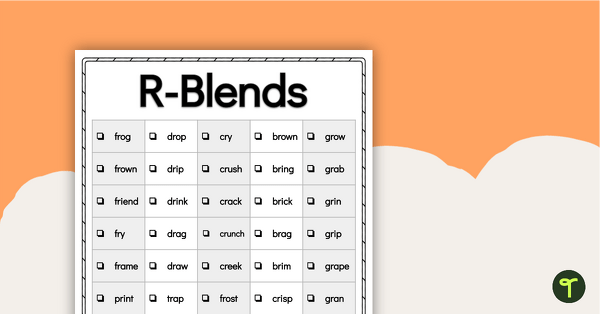
Word Study List - R Blends
Introduce and explore words containing an initial r-blend with this extensive list of words.
- Plus Plan
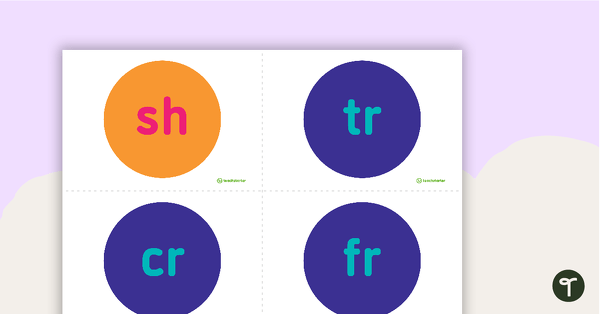
Blend and Digraph Cards
A set of 32 blend and digraph cards that can be used in a variety of ways.
- Plus Plan
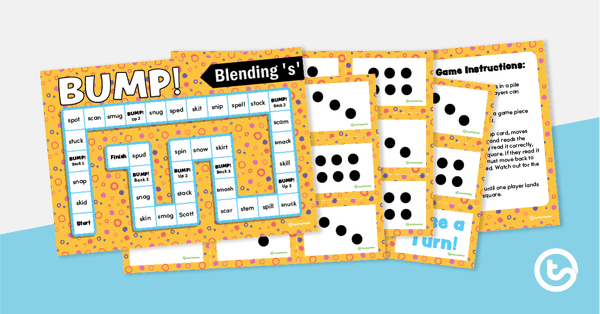
BUMP! Blending 's' – Board Game
A board game to practise decoding words with an initial s blend.
- Plus Plan
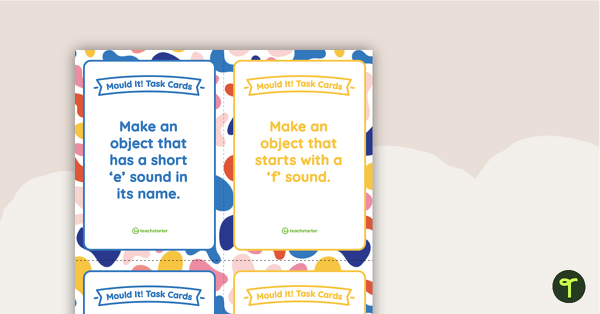
Mould It! Task Cards
A set of 28 playdough activity cards.
- Plus Plan
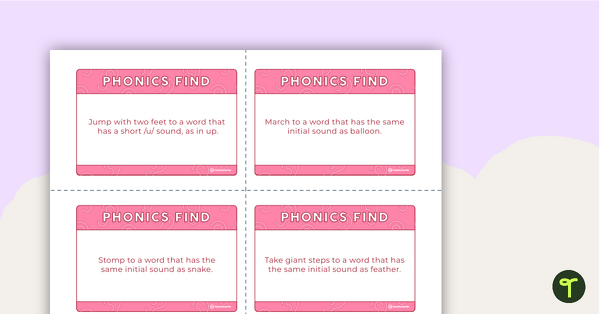
Phonics Find Description Cards
A set of 32 task cards prompting students to use their phonics knowledge to find words that include specific sounds.
- Plus Plan
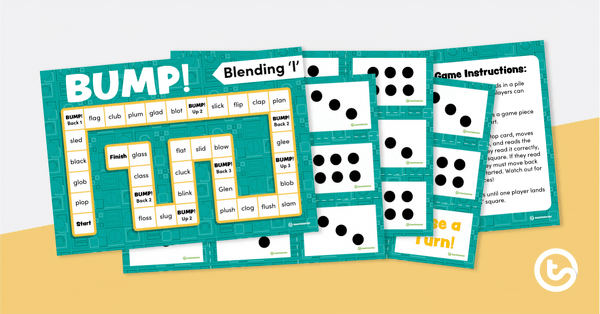
BUMP! Blending 'L' - Board Game
A board game to practise decoding words with an l-blend.
- Plus Plan
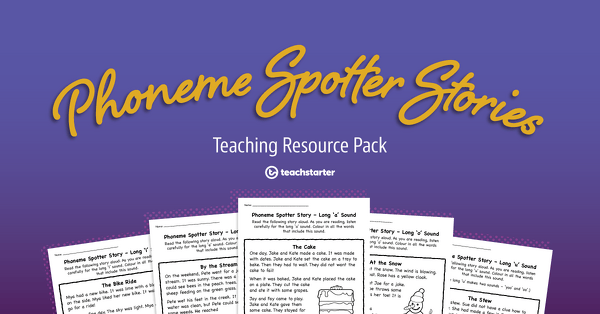
Phoneme Spotter Stories Teaching Resource Pack
A collection of decodable texts featuring various phonemes.
-
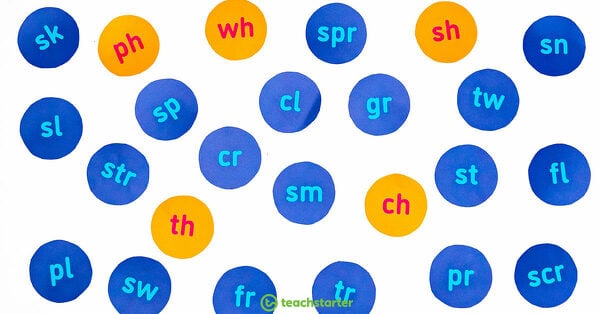
Phonics Games Part 1 | Blend and Digraph Resources
Don't miss out on these engaging and effective phonics games that your students will love. Plus an essential download for teaching consonant digraphs and blends.